Fig. 1
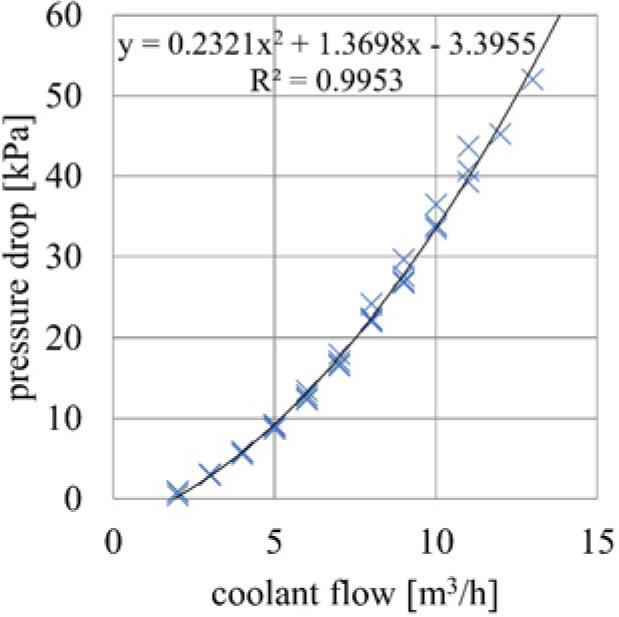
Fig. 2
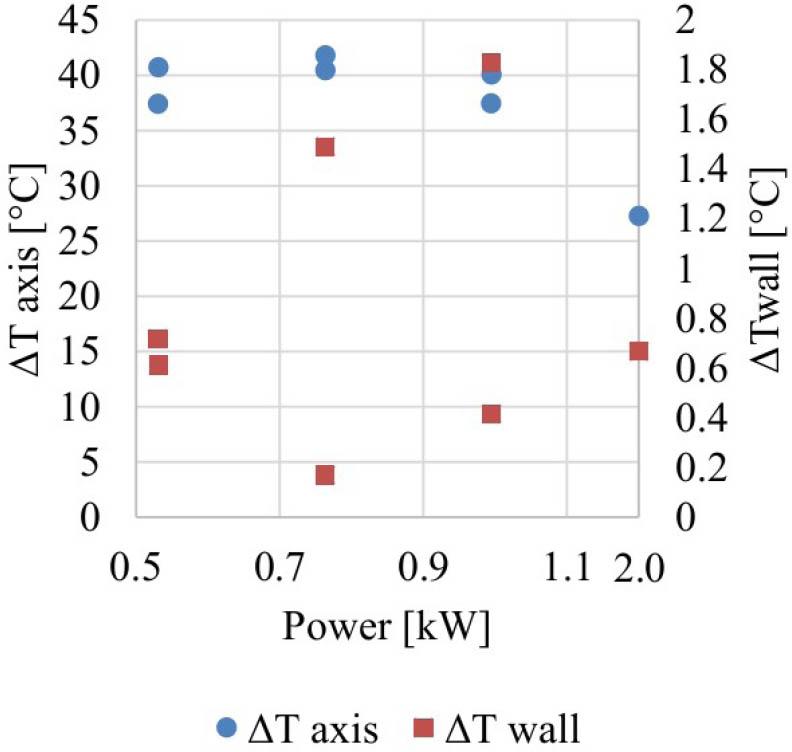
Fig. 3
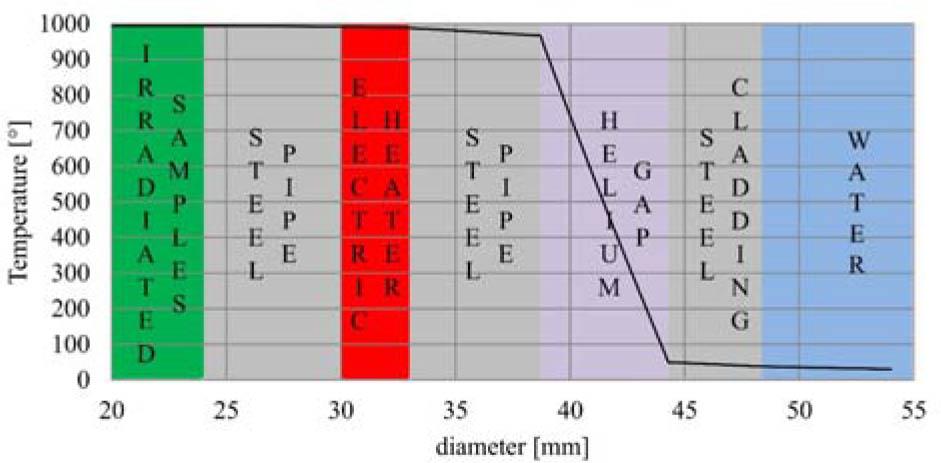
Fig. 4

Fig. 5
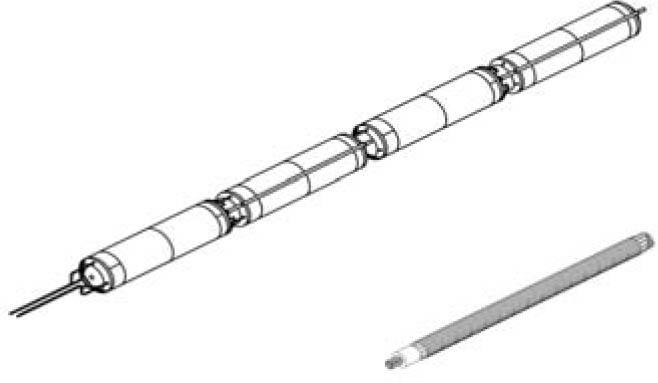
Fig. 6

Fig. 7
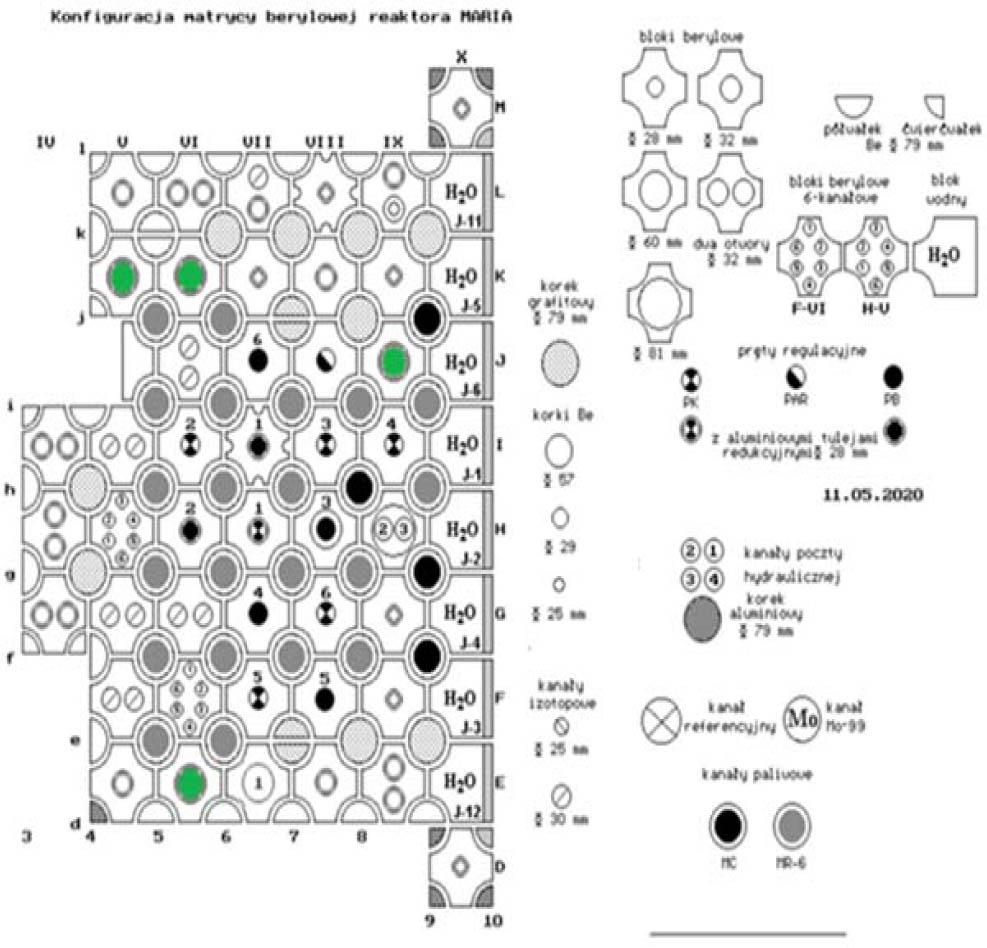
Fig. 8

Fig. 9

Fig. 10
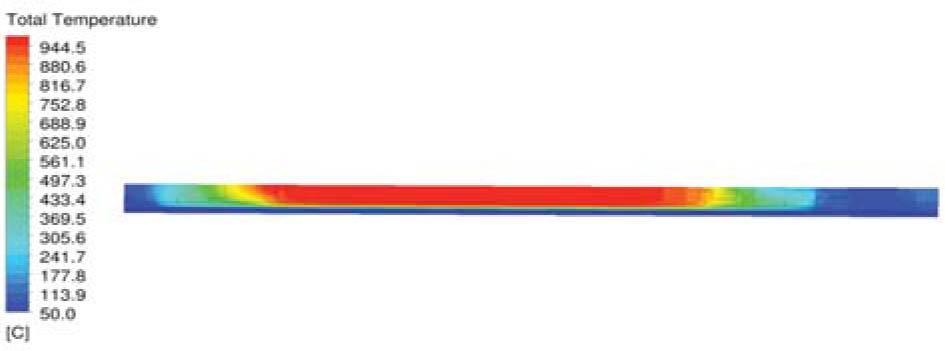
Natural convection parameters [12]
| Gr·Pr | <103 | 103–106 | 106–1010 |
|---|---|---|---|
| C | 1 | 0.105 | 0.4 |
| N | 0 | 0.3 | 0.2 |










| Gr·Pr | <103 | 103–106 | 106–1010 |
|---|---|---|---|
| C | 1 | 0.105 | 0.4 |
| N | 0 | 0.3 | 0.2 |
© 2021 Anna Talarowska, Maciej Lipka, Grzegorz Wojtania, published by Institute of Nuclear Chemistry and Technology
This work is licensed under the Creative Commons Attribution-NonCommercial-NoDerivatives 4.0 License.